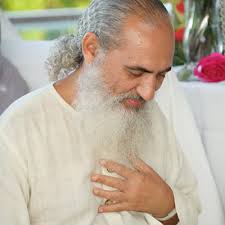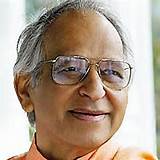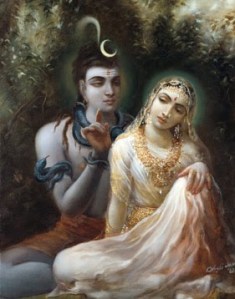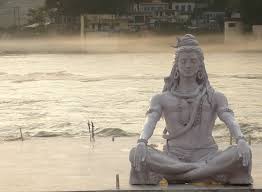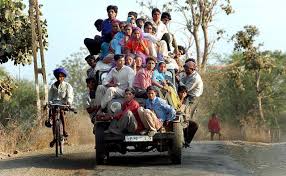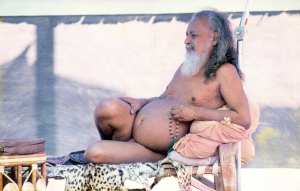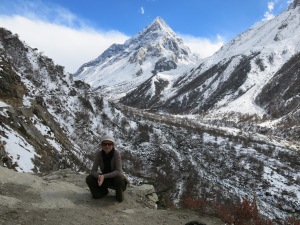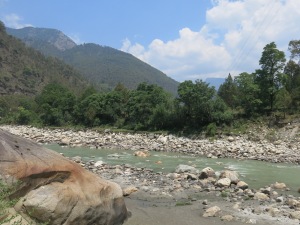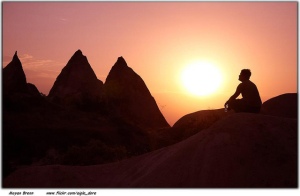
The discussions about the Coronavirus lockdown measures are currently dividing Germany into two opposing camps. On one side of the battlefield stand science, the government and a large part of the population. One the other side, the ‘critical voices’ are making themselves heard: a colourful mixture of worried citizens, anti-vaxxers, Reichsbürger (people who believe that Germany is not a state but a limited company), people from the far Left and the far Right, as well as a number of critical doctors and professors. They take to the streets for demonstrations, post Youtube-videos online, form political parties and declare that the measures of the government are exaggerated, unnecessary or downright malicious.
It is not my intention to take a stand on either of these positions in this article. However, one thing I have been noticing since the very beginning of the outbreak is that everybody suddenly appears to be an absolute expert on the topic of coronaviruses. Even people who neither work in the medical system nor in science and who have likely never heard about coronaviruses before 2020. Everybody suddenly seems to know with great authority how dangerous or harmless or contagious Covid-19 is. Some people even know without the shadow of a doubt that the virus actually does not exist, and that the symptoms are effects of 5G radiation instead.
No matter which stand all of these people take, one thing unites them all: they are absolutely convinced about the correctness of their beliefs. Hardly anyone says: ‘it could be…’ or ‘I suppose…’ And even fewer people have the courage (or humility?) to say: ‘I don’t know.’
Why is that?
If renowned experts like virologist Christan Drosten, whose research focuses on coronaviruses, don’t even know what exactly is going on, how then is it possible that citizens without any medical knowledge now know the coronoviruses better than he and his colleagues do?
I believe that this is a manifestation of fear in its manifold forms. At the moment, a great number of people fear illness or death by suffocation (understandable) and don’t wish these upon others either (very understandable). For this reason, they follow the guidelines of the government, no matter how restrictive these appear to be right now. For this, they are called ‘sleeping sheep’ or ‘hangers-on’ by other, less obedient people.
However, exactly the same people who now take to the streets en masse and deride and insult the ‘sleeping sheep’ are afraid, too: of mandatory vaccinations (understandable), of dictatorship and control by the state (understandable, too), or of dark forces who want to control or eliminate all of us. Also understandable somehow. These people are in turn called ‘conspiracy theorists’ by the ‘sleeping sheep’.
On both sides of the camp there is polarisation, denigration and vilification, but very little empathy. However, it appears to me as though these different positions are simply two sides of the same coin. Fear is fear, no matter of what. Fear causes strong emotions and does not exactly promote clear, rational thinking.
But where do the fear and these strong convictions and emotions come from during this time? Why are so many people influenced by theories for which there is neither proof nor facts? And why is it so difficult for some of us to stay in the moment, to wait and see how things develop?
I think this is a question of our ego consciousness. The human ego loves security (which does not exist, no matter how much we like to believe that it does). It needs something that it can cling to: Ideas. Beliefs. Systems. Certainty. Without them, the ego becomes scared. This is why it is so difficult for many people to live with uncertainty. And so we go looking for an explanation or a scapegoat. Where would we end up if a virus could simply arise, just like that, without the secret plan of a malicious elite? Our view of the world would collapse. We would have to admit that we don’t know what is going on. And this breeds insecurity.
Something similar already happend in 1348, when the plague killed millions of people in Europe. Back then, the myth of the ‘Jewish well poisoner’ made the rounds. It was believed that Jews had poisoned the wells of the cities on purpose. As a result, many Jews were persecuted and murdered. That the plague was caused by an invisible bacterium called Yersinia pestis was of course not known at that time.
We have to be careful that we don’t fall prey to such convenient illusions again. I herewith appeal to our Viveka, Sanskrit for discernment. May we stay open and curious, and may we not jump to immediate conclusions just because they might fit into our general world view. Let us instead question why a theory may appear so convincing, even if there are no established facts to support it. Let us take our fears seriously, let us feel into them and be open for what lies behind them. And let us take the time to really research theories, instead of patching our ideologies together from Youtube-videos that can be uploaded to the Internet by anyone. May we be open to the possibility that we don’t know everything and that this is completely okay.
And let us take a moment to contemplate how it may feel for people like Bill Gates and Christian Drosten if they are being demonized by us. Bill Gates is certainly no angel (who is?) and the pharma industry is most certainly questionable, as are some political leaders. At the same time, Bill Gates also dedicates his time to many charitable causes, such as the fight against climate change. I don’t know what goes through his mind right now if we allege that he wants to compulsory vaccinate us with microchips to telecontrol us. This doesn’t seem very empathetic or respectful to me, in particular when these accusations come from people who practice yoga and constantly preach the oneness of all of humanity.
I feel that we are missing a great opportunity to make our world more sustainable and fair. Now, in these unusual times, while flight traffic has come to a near-halt and people consume much less, we can understand that we don’t need as much as we always believed we did. Let us use this time to concentrate on positive projects. What can we do differently in the future? How can we create a sustainable economy that is fair for all people, and not just for a few? How can we better protect our environment? How can we lead a life that is not so consumer driven; a life that makes us really happy and content?
Corona is not responsible for our social problems. It only shows them up. It shows us, for example, that the economy cannot go on growing endlessly, because the resources of the planet are limited. Domestic violence has always been a problem, just like loneliness and mental illness. Maybe it is exactly this outdated system that causes people to feel overwhelmed, stressed and ill, because they are supposed to always work more to be able to buy more. Which leaves them less time to look after their children or ageing parents. Let us just take a moment and think about that, instead of instantly demanding our ‘old normality’ back. Was this old normality really so wonderful? Or could it be that it was anyway bound to collapse shortly?
And most of all: Let us trust Life. One of my favourite quotes is by the Buddhist monk Ajahn Brahm, who said: ‘Good? Bad? Who knows?’ We can assess the true meaning of events often only with hindsight. And if we really want to be free, then we have to let go of all our convictions and ideas to be open for that what really is – unclouded by our fears, emotions and conditionings.
If we now gather forces and concentrate on creating the change to a more sustainable world, something really wonderful could come into being.
What do you think?




